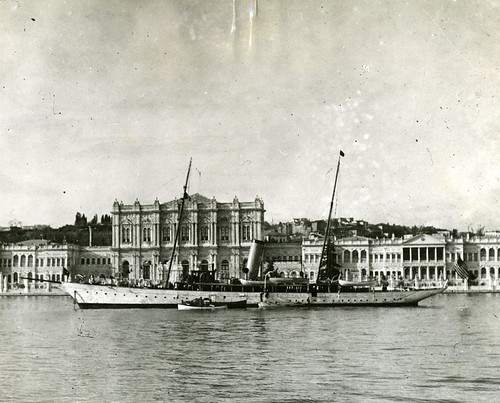Blue Moon Over Cuba -
Aerial Reconnaissance During the Cuban Missile Crisis by Capt. William B.
Eckler USN (ret) and Kenneth V. Jack
By Jim Bates
What started out as an
attempt to publish the memoirs of Capt. William B. Eckler, the Commanding
Officer of VFP-62 during the Cuban Missile Crisis, this book evolved into much
more. It is basically a one stop summary of the Cuban Missile Crisis and
how photo reconnaissance was able to prevent war in the fall of 1962. All
aspects of the Crisis are discussed, including the operations of VFP-62 with
their RF-8 Crusaders, ruminations on aerial photo reconnaissance and the
technology involved, and the behind the scenes military and political
maneuvering both in Washington and in the United Nations. The book also
make is clear that once the Crisis was over VFP-62’s work was not done, as they
needed to fly missions to verify that the missiles had been removed and that
additional weapons had not been imported. The combination of all of these
items makes this a fascinating book and an excellent read. Highly
recommended.





